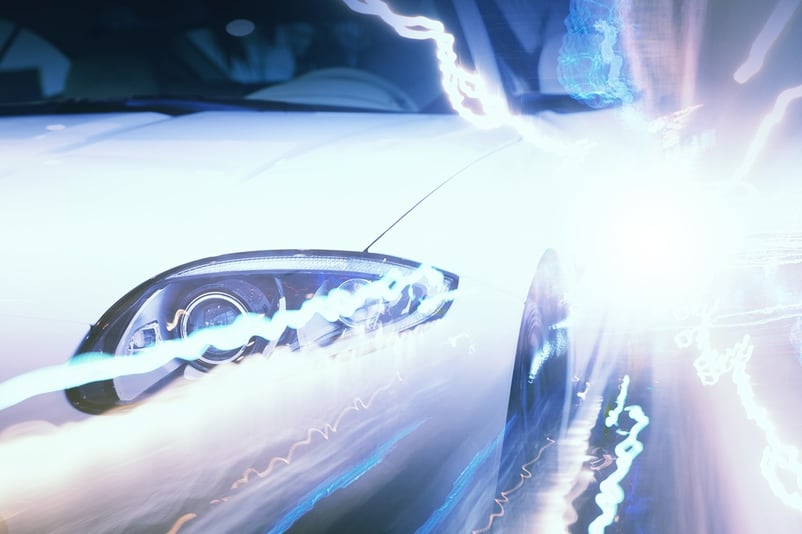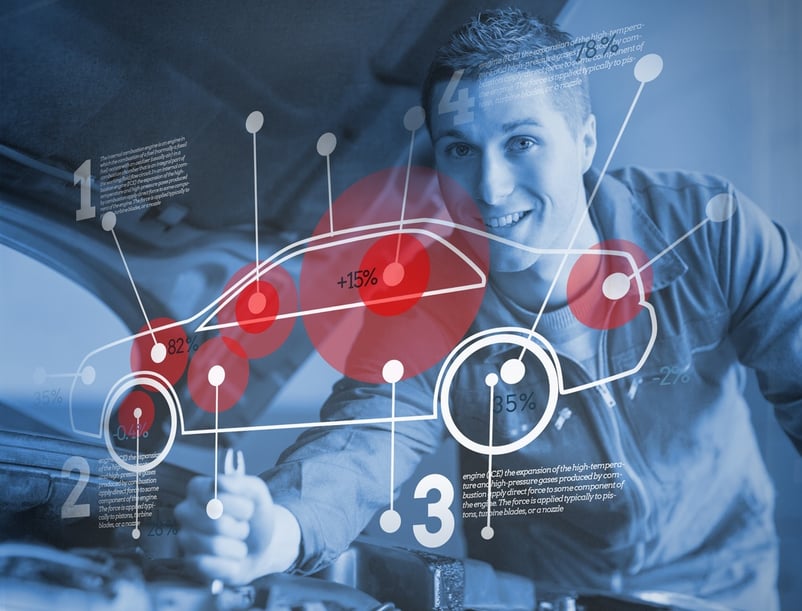How Can Additive Manufacturing Lower Automotive Costs?
While lean manufacturing techniques have become standard practice for every car manufacturer, there are still several factors that add significant cost to the purchase price. The companies who first maximize new productions methods will secure their competitive advantage in the field.

The first two methods, combating tariffs and shipping cost, and resilience through localized production were addressed in our previous post. Now we will address the remaining 3 ways costs will be dramatically lowered.
- Quick Response to Recalls
- Adjusting to Local Market Demand
- Cost-Effective Production of High-Performance Parts
Quick Response to Recalls
The automotive industry is managing 200 recalls per year in the US alone. The most public recalls have a price tag that can often rise into the Billions and cost a significant price to the brand loyalty. For those reasons, developing a rapid and effective response plan to recalls can have a huge impact for a manufacturer.

When entire components or individual parts can be fabricated using Additive Manufacturing it offers the chance to shift the output of a digital production network almost instantly to respond to emergencies. This becomes even more significant for recalls where the original production equipment has already been reallocated. 3D production machines have the ability to be adapted to a new production with the upload of a new file so you can have a near-instant shift in resources.
Even when only a portion of the product can be manufactured using AM, reducing the length of time before definitive action and reducing the number of parts that need to be shipped can dramatically improve the public perception of the car company.
Adjusting to Local Market Demand
On the flip side of the coin, having such dynamic production capacity also makes automotive companies more able to respond to localized demand. Because 3D printing eliminates the cost of customization, it will be much easier for technical advances to be rolled out for daughter organizations and brands from the large R&D centers. The automotive brands can also be much more specific in meeting the specific customer requirements that allow them to command premium pricing, such as Daimler is implementing in their buses.
Additive Manufacturing is the way to meet the product demands of the “digital natives” by enabling physical products to is customized to their individual or cultural needs. This is the methodology that is matching the expectations put in place by the mass individualization offered by the internet. And the companies that can implement this methodology first and cost-effectively will secure huge advantage in the market.

Cost-Effective Production of High-Performance Parts
The early AM technology adopters such as Formula 1 racing teams have been producing their custom, high-performance metal components for many years. Additive Manufacturing enables the components of each car to be optimized for the particular criteria and conditions of specific races. It offers tremendous improvements in efficiency compared to tweaking off-the-shelf components and is cheaper and faster than other production methods.
What does that mean for the average auto-manufacturer? As approval processes complete for Additive Manufacturing of automotive components, these high performance components will be implemented into the cars. The slightly higher initial costs will be balanced by the improved vehicle performance or the combination of multiple components into a single part.

But where the opportunities of AM become more significant is the opportunity to produce different internal parts based on the scenarios where the car will experience the majority of its life - just as Formula 1 optimizes for each course. For example, those who live on dirt roads will get a different suspension joint then a car intended purely for city driving. And in colder climates, engine components will be produced with additional thickness to retain heat and stability.
We expect that Additive Manufacturing is a key factor in maintaining the steady improvement of vehicle performance.
